
In simple terms, anxiety is what we feel when we’re worried, tense or afraid – particularly about things that are about to happen, or which we think might happen in the future.
Collectively, we’ve just lived through an incredibly painful, uncertain period of history. At the beginning of the pandemic, between 20 March and 30 March 2020, almost half (49.6%) of people in Great Britain reported ‘high’ (rating 6 to 10) anxiety. This was a huge leap from the end of 2019 (21%) and equates to over 25 million people (out of the population aged 16 years and over) (Source).
However, in any given week, regardless of what’s going on in the world, 6 in 100 people will experience Generalised Anxiety Disorder (GAD). The truth is everyone experiences differing levels of anxiety at some point. It’s how we deal with that anxiety, and the impact it’s able to have on our lives, that can be the difference between ‘normal’ anxiety and problem anxiety.
Common Symptoms
The symptoms of anxiety can be divided into four categories – cognitive, emotion, bodily and behavioural.
- Cognitive – feeling like you can’t stop worrying, feeling like the world is speeding up or slowing down, asking for lots of reassurance from people, worrying people are angry or upset with you, thinking something bad might happen, predicting the future in a negative way, having self-critical thoughts
- Emotion – anxious, nervous and unable to relax, experiencing a sense of dread, low mood and depression, feeling disconnected from your mind or body (depersonalisation), feeling disconnected from the world around you (derealisation)
- Bodily – feeling tense, stomach pain, feeling dizzy or lightheaded, pins and needles, feeling restless or unable to sit still, faster breathing, racing heart, sweating or hot flushes, sleep problems, grinding teeth, nausea, panic attacks
- Behavioural – safety behaviours such as avoidance, checking and reassurance seeking, ruminating about things from the past over and over again
Types of Anxiety
Anxiety can be experienced in a variety of ways. If your experiences match certain criteria, you may be diagnosed with a specific anxiety disorder. Commonly diagnosed anxiety disorders include:
- Generalised Anxiety Disorder (GAD) – having regular or uncontrollable worries about lots of things in your everyday life
- Social Anxiety Disorder – experiencing extreme fear or anxiety triggered by social situations (e.g. parties, your workplace or everyday situations where you have to talk to other people)
- Panic Disorder – having regular or frequent panic attacks without a clear cause or trigger
- Phobias – extreme fear or anxiety triggered by a specific situation (e.g. going outside) or objects (e.g. spiders)
- Post-Traumatic Stress Disorder (PTSD) – anxiety problems that develop following a traumatic experience, often characterised by flashbacks and nightmares that feel like you’re reliving the fear and anxiety you experienced at the time
- Obsessive Compulsive Disorder (OCD) – anxiety problems that involve unwanted repetitive thoughts, behaviours and/or urges
Causes of Anxiety
There is no single reason why someone might develop anxiety or an anxiety disorder. It usually comes down to a range of factors. However, the root cause of the unpleasant symptoms you experience is your body’s fight or flight response. To be more specific, it’s the rush of adrenaline that’s released as your body prepares to deal with a threat.
When you’re in real danger, this is exactly what you need. The trouble is your fight or flight response can be activated by perceived threats as well as actual threats, i.e. worrying something bad will happen, taking an exam or going to a party. Your brain finds it difficult to differentiate between the two, especially once your fight or flight response has been triggered and you lose the ability to reason calmly and effectively.
Dr Sophie Mort, author of ‘A Manual for Being Human’, highlights another way of thinking about the causes of anxiety:
‘Anxiety occurs when either the danger of the situation outweighs the number of appropriate coping skills you have OR (and this is thought to be more likely) anxiety occurs when there is an overestimation of the danger of a situation and an underestimation of your ability to cope.’
Given the way our brains overreact to non-life-threatening situations, you could say we’re experts at overestimating danger.
Treatment & Prevention
If you’re experiencing the symptoms outlined above, I’d encourage you to focus on learning how to cope with anxiety before it becomes a bigger problem. Training yourself to tolerate and accept anxiety because you know it will pass is a helpful attitude to take.
Be mindful of avoiding things that make you anxious. This can actually maintain anxiety and even make it worse. For example, if you’re scared of dogs and always avoid them, you’ll never learn that they can be friendly and calm. When your beliefs remain unchallenged, your anxiety remains the same.
According to the National Institute for Health and Care Excellence (NICE), Cognitive Behavioural Therapy (CBT) is the number one recommended treatment for anxiety disorders. You can learn more about CBT and how it works here.
Find Out More
If you’re looking for a therapist for anxiety, you can book an appointment here.
Subscribe to The Diary of a Perfectionist to get an honest look into my experiences as a perfectionist and the actionable steps I take to navigate it and make positive changes.

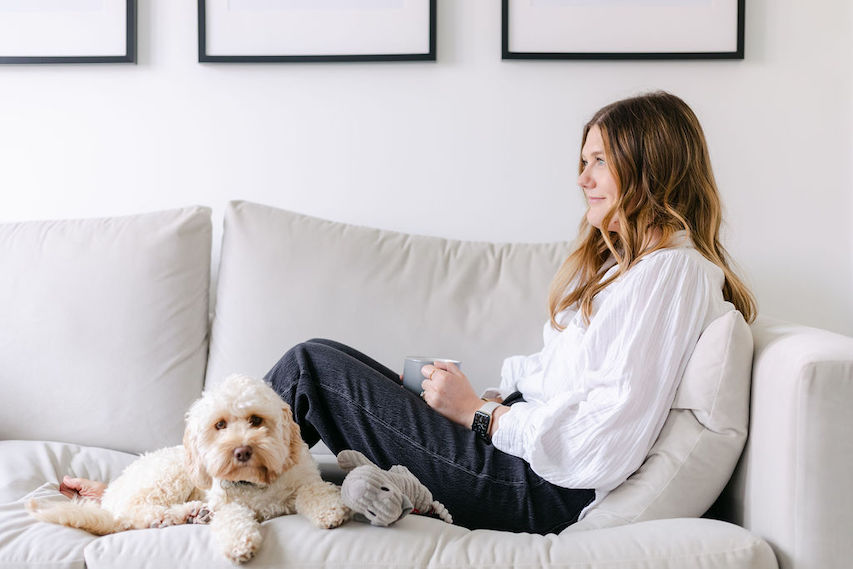
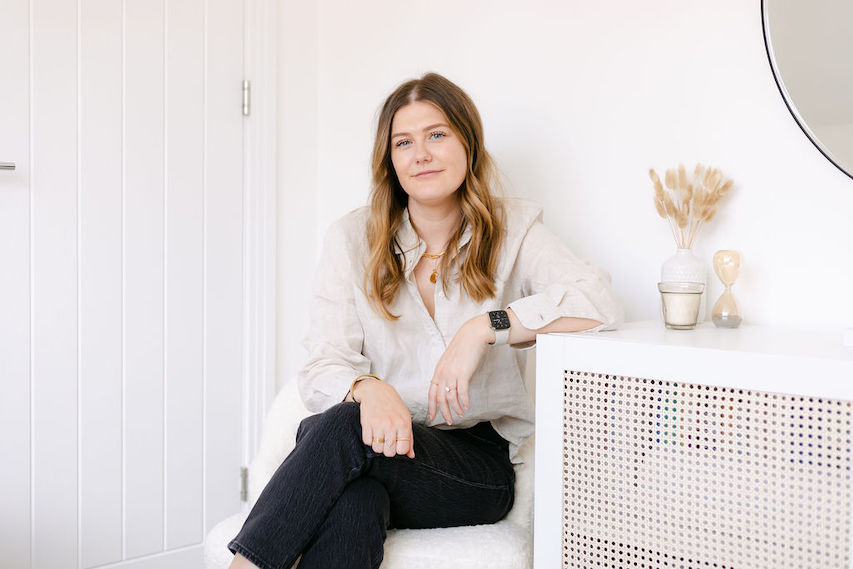
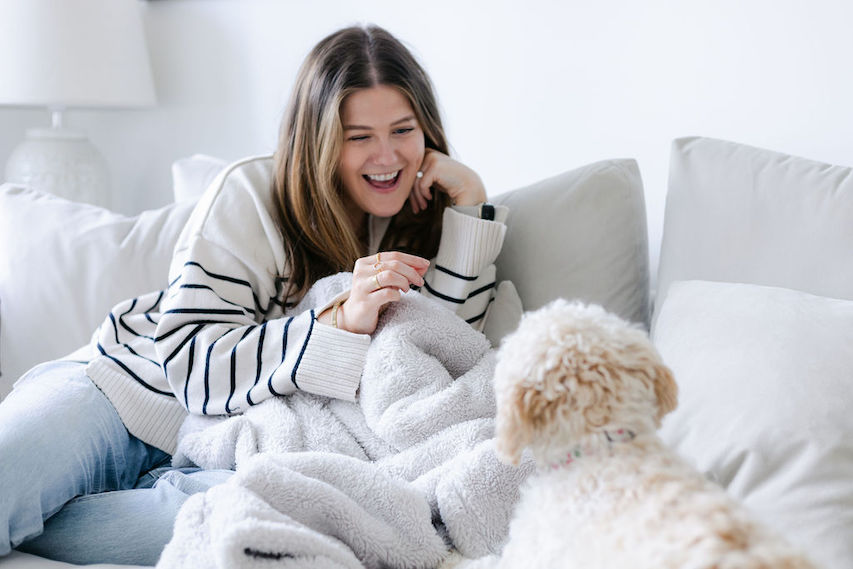
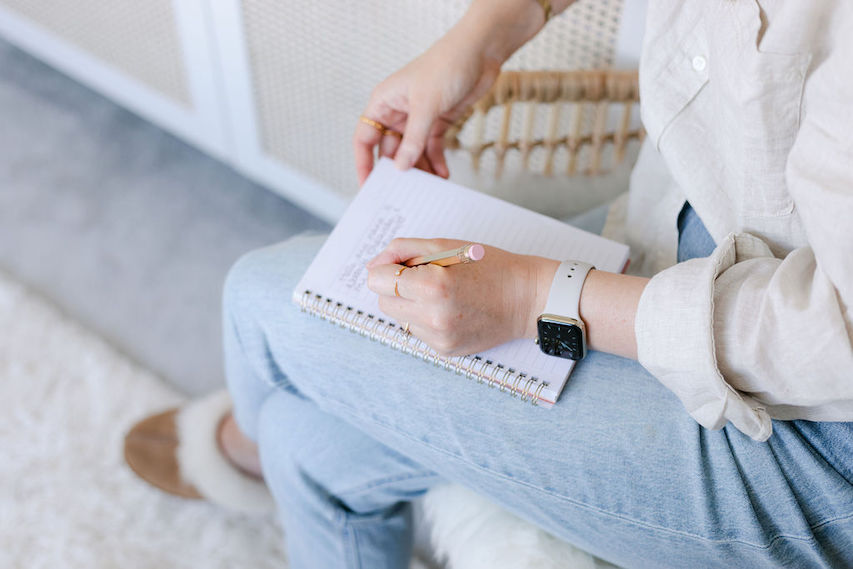
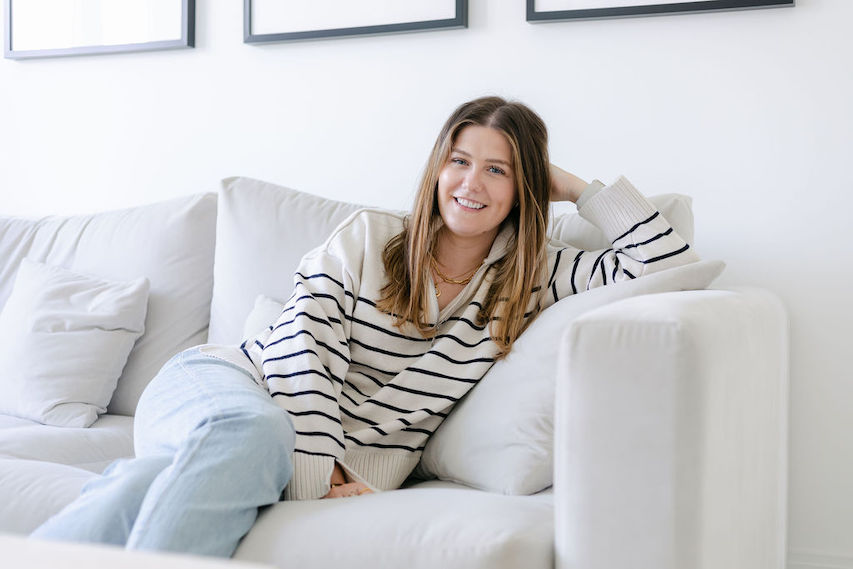
+ show Comments
- Hide Comments
add a comment